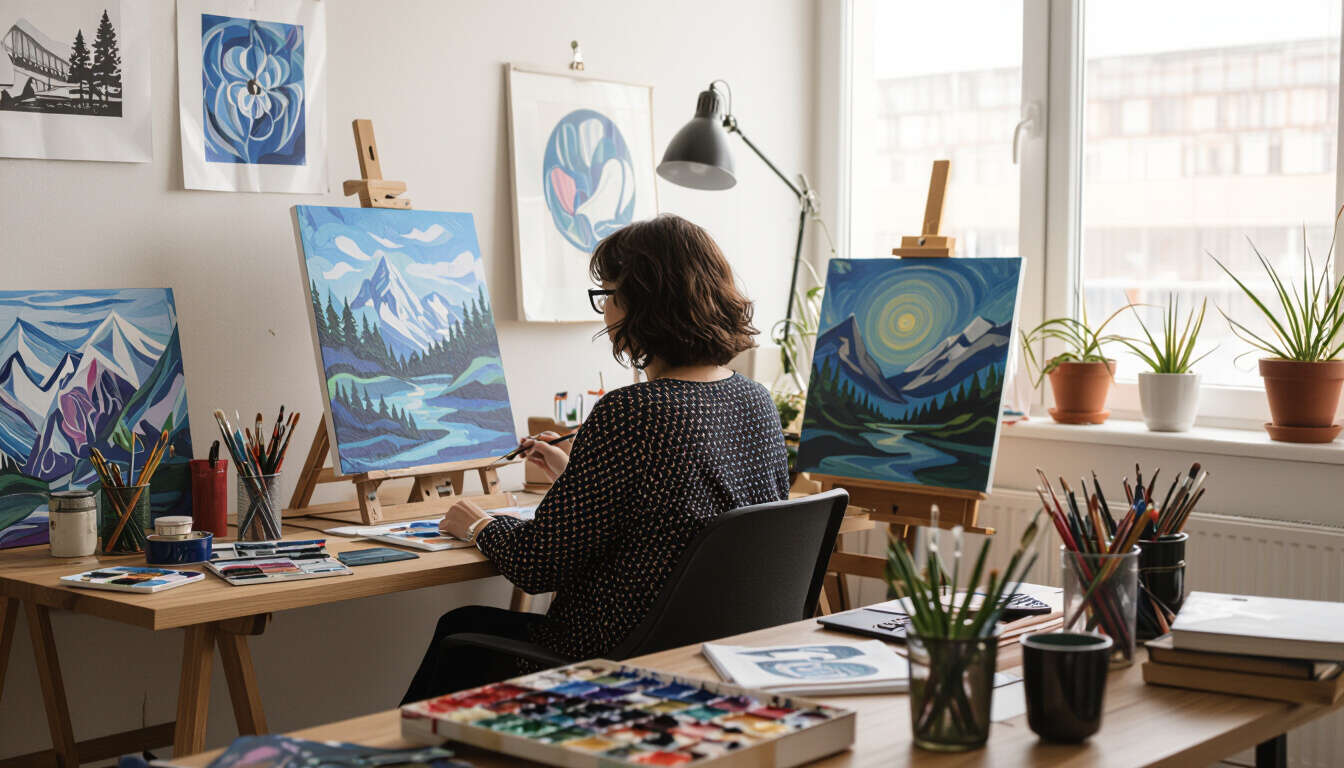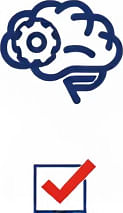Boosting Creativity with ADHD in Projects
 by Shanie Goodwin
by Shanie Goodwin
Explore effective strategies for handling creative projects with ADHD. This guide offers practical tips to maintain focus, build momentum, and turn ideas into reality, empowering you to thrive in your creative pursuits.

Many people with ADHD find creative projects both exciting and challenging. These activities can spark joy and innovation, but staying on track might feel difficult at times. It's important to recognize that your unique way of thinking brings fresh ideas to the table. By using simple techniques, you can make progress on projects while reducing frustration.
One key approach is breaking down large tasks. For instance, if you're working on a painting, start with just sketching the outline. This method helps build a sense of accomplishment early on. breaking down tasks can make overwhelming projects more manageable and less intimidating.
Another helpful strategy involves setting short work periods. Try working for 15 to 20 minutes before taking a break. This technique, often called the Pomodoro method, allows for bursts of focused energy. During these intervals, concentrate solely on one aspect of your project, like selecting colors for your artwork. Pomodoro method supports sustained attention without leading to burnout.
Incorporating physical activity can also aid concentration. For example, take a quick walk around the room between work sessions. Movement helps refresh your mind and can spark new ideas. Physical breaks are especially useful for those with ADHD, as they provide a natural way to release built-up energy.
Organizing your workspace plays a crucial role too. Keep only essential items nearby to minimize distractions. If you're crafting, have your materials neatly arranged. A clutter-free area can help you stay engaged with your creative work longer.
Practical Tips for Daily Use
Here are some specific tips to apply in your routine:
- Use timers to track work sessions and remind you when to pause.
- Keep a notebook for sudden ideas, so you don't lose them.
- Pair creative sessions with enjoyable elements, like listening to music.
- Set small, achievable goals for each day to track progress.
These tips emphasize building habits that fit your natural rhythms. Remember, it's okay to adjust them as needed. Everyone's experience with ADHD is different, so finding what works best for you is key.
When facing setbacks, view them as part of the process. If you lose focus midway through a project, step back and revisit your plan. resilience in ADHD comes from learning and adapting over time. Celebrate small wins, like completing a sketch or writing a paragraph, to keep motivation high.
In group settings, such as collaborative projects, communicate your needs clearly. Let others know if you need shorter meetings or visual aids. This fosters a supportive environment where your creativity can flourish.
Ultimately, embracing your ADHD in creative endeavors means leveraging your strengths, like quick thinking and originality. With these strategies, you can turn challenges into opportunities for growth and enjoyment.
